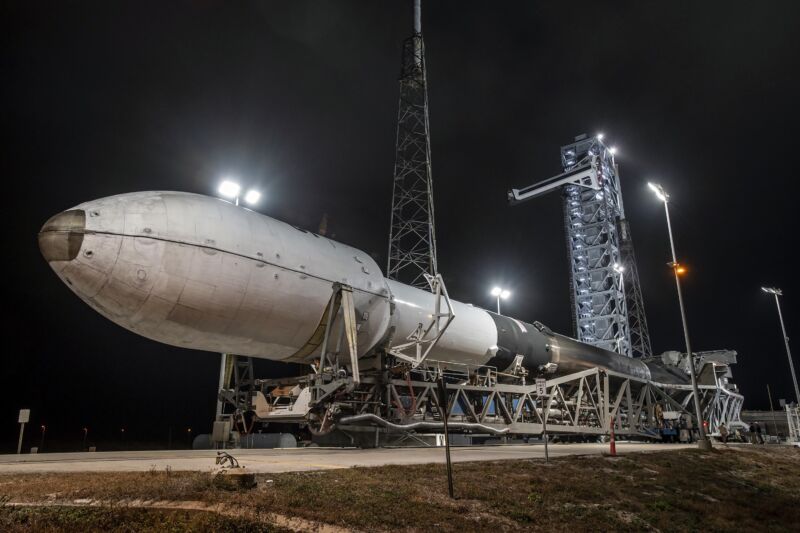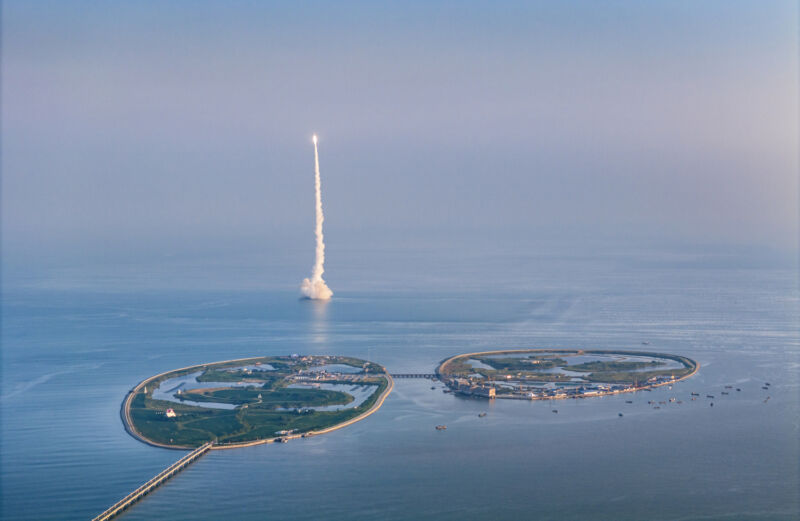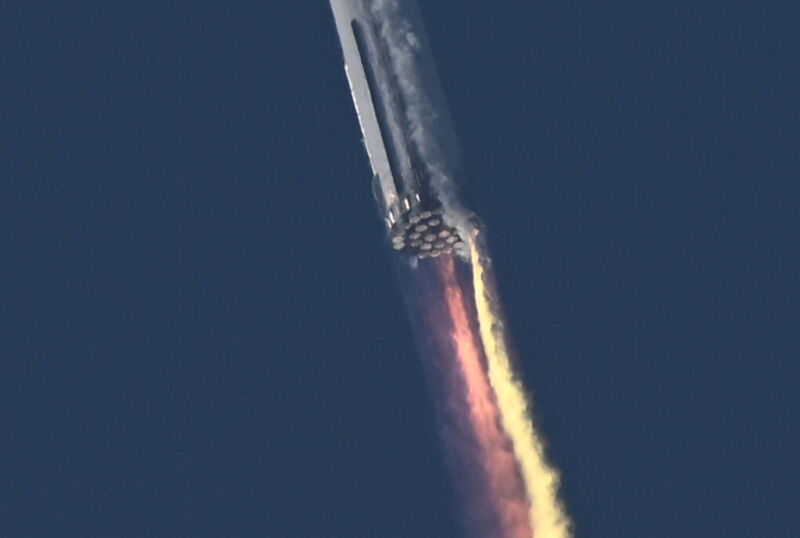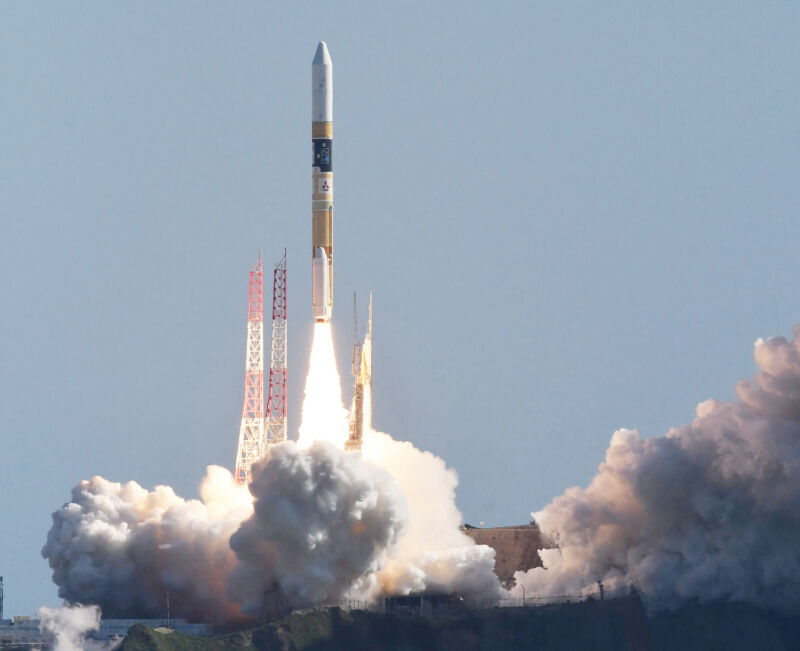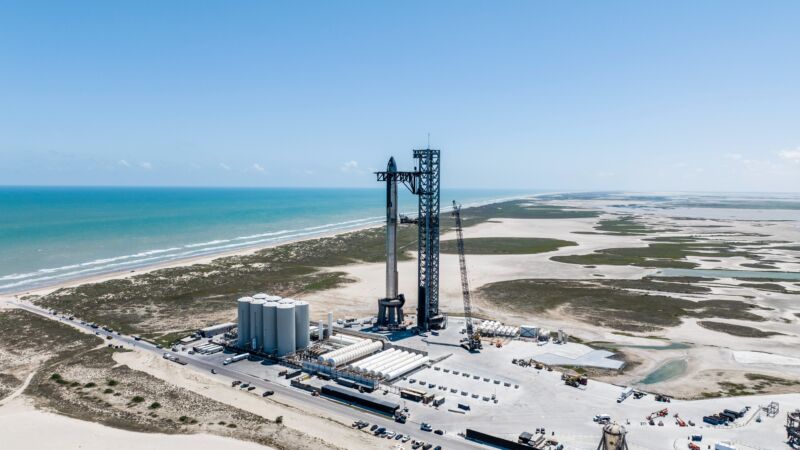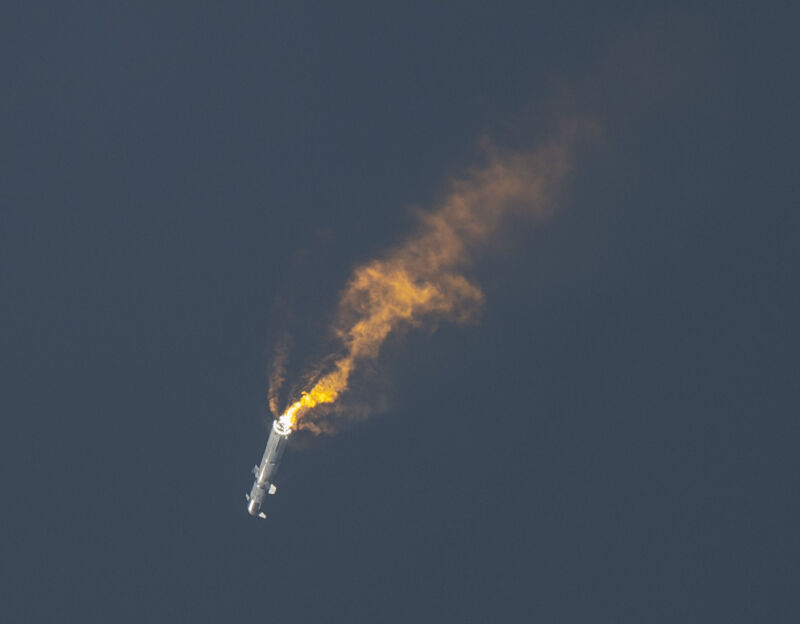
Enlarge
/
The Super Heavy booster for SpaceX's next Starship test flight is raised onto its launch mount at the Starbase facility in South Texas. (credit:
SpaceX
)
Welcome to Edition 6.04 of the Rocket Report! SpaceX has a Super Heavy booster on the launch pad in Texas a lot sooner than many thought. There was some pretty extensive damage at the launch site in the aftermath of the Starship test launch in April, SpaceX made quick work with repairs and upgrades to beef up the pad. Meanwhile, SpaceX's Falcon 9 launcher, Rocket Lab's Electron, and China's rocket fleet show no signs of slowing down.
As always, we
welcome reader submissions
, and if you don't want to miss an issue, please subscribe using the box below (the form will not appear on AMP-enabled versions of the site). Each report will include information on small-, medium-, and heavy-lift rockets as well as a quick look ahead at the next three launches on the calendar.
China's Galactic Energy launches sixth successful mission
. Galactic Energy, one of several new Chinese startup launch companies, launched its sixth consecutive successful satellite delivery mission on July 22,
Space News reports
. The company's solid-fueled Ceres 1 rocket lifted off from the Jiuquan launch base in the Gobi Desert with two small satellites on board. Galactic Energy is also developing a medium-lift rocket named Pallas 1 that is designed to eventually be recoverable and reusable.
 chevron_right
chevron_right



